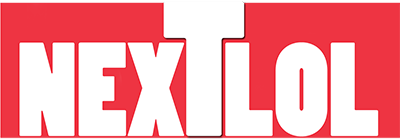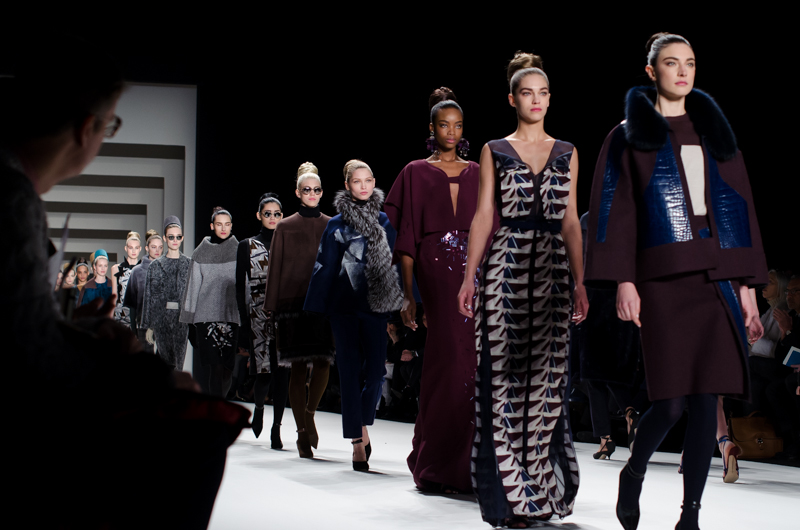Understanding Fashion: Definition and Importance
Fashion refers to the prevailing styles, trends, and aesthetic choices in clothing, accessories, footwear, and even lifestyle habits. It is a powerful form of self-expression, cultural reflection, and social communication. Beyond mere clothing, fashion reflects individual identity, social status, and personal creativity. It evolves rapidly, influenced by global trends, designers, cultural shifts, technological advancements, and social media platforms.
Fashion is more than just garments; it is an art form and an industry that drives creativity, business, and social influence. From haute couture runways to streetwear, fashion shapes how people perceive themselves and interact with the world.
The Evolution of Fashion
Fashion has a rich history, evolving alongside human civilization:
- Ancient Fashion: Early clothing was functional, using natural materials like animal skins and plant fibers. Styles varied based on geography, climate, and societal norms.
- Medieval Fashion: Clothing indicated social status, with elaborate garments for royalty and simpler attire for commoners.
- Renaissance Fashion: Emphasized artistic expression, with luxurious fabrics and intricate detailing.
- Industrial Revolution: Mass production and new textile technologies made fashion more accessible.
- 20th Century: Fashion became a dynamic industry, influenced by cinema, pop culture, and international designers.
- Modern Fashion: Today, fashion encompasses sustainability, inclusivity, technology integration, and global trends driven by digital media.
Types of Fashion
Fashion is diverse and multifaceted, catering to various tastes, lifestyles, and cultural contexts. Key categories include:
1. Haute Couture
High-end, custom-made fashion designed for individual clients. Haute couture is characterized by:
- Exceptional craftsmanship and attention to detail
- Exclusive materials and luxurious fabrics
- Designer labels such as Chanel, Dior, and Valentino
Haute couture represents artistry and prestige, often showcased in fashion weeks.
2. Ready-to-Wear (Prêt-à-Porter)
Fashion produced in standard sizes for general consumers. Features include:
- Accessibility and affordability compared to haute couture
- Seasonal collections by renowned brands
- Trend adaptation for mass-market appeal
3. Streetwear
Casual, urban-inspired clothing that blends comfort with style. Key aspects include:
- Graphic tees, hoodies, sneakers, and accessories
- Influences from skateboarding, hip-hop, and youth culture
- Limited-edition drops and brand collaborations
4. Sustainable Fashion
An eco-conscious approach focusing on environmental impact and ethical production. Components include:
- Use of organic or recycled materials
- Fair labor practices and ethical supply chains
- Minimalist and long-lasting designs to reduce waste
5. Fast Fashion
Trendy, inexpensive clothing produced rapidly to meet consumer demand. Characteristics:
- Frequent rotation of styles
- Affordable prices and mass production
- Criticism for environmental damage and labor exploitation
Fashion Trends and Influences
Fashion trends are dynamic and influenced by various factors:
- Cultural Influence: Traditions, festivals, and regional aesthetics shape clothing choices.
- Celebrity and Influencer Culture: Social media influencers and celebrities drive global trends.
- Technology: Digital platforms, virtual fashion shows, and online retail impact design, promotion, and sales.
- Sustainability: Eco-friendly and socially responsible practices are shaping new fashion standards.
- Globalization: Cross-cultural fusion introduces diverse styles and design concepts worldwide.
Fashion Industry: Structure and Key Players
The fashion industry is a complex ecosystem comprising designers, manufacturers, retailers, marketers, and consumers. Key segments include:
1. Designers and Fashion Houses
Designers conceptualize and create collections that set industry standards. Famous fashion houses influence global trends and luxury markets.
2. Manufacturers and Suppliers
These entities handle textile production, garment manufacturing, and quality control. Efficient production ensures timely availability of fashion products.
3. Retailers and E-Commerce Platforms
Retailers connect brands with consumers through brick-and-mortar stores, online platforms, and direct-to-consumer models. Digital fashion retail has grown significantly due to convenience and broader reach.
4. Marketing and Influencer Networks
Advertising, social media promotion, and celebrity endorsements play a crucial role in fashion visibility and brand perception.
5. Fashion Media and Events
Magazines, blogs, fashion weeks, and award shows highlight trends, showcase designs, and engage global audiences.
The Role of Fashion in Society
Fashion extends beyond aesthetics to impact social, cultural, and psychological aspects of life:
- Self-Expression: Clothing choices reflect personal identity, mood, and creativity.
- Cultural Representation: Fashion preserves traditions, showcases heritage, and celebrates diversity.
- Economic Impact: The global fashion industry generates significant revenue, employment, and innovation.
- Social Influence: Fashion shapes trends, norms, and public perception in society.
Challenges in the Fashion Industry
The fashion industry faces multiple challenges in the modern era:
- Environmental Concerns: Fast fashion contributes to pollution, resource depletion, and waste.
- Labor Practices: Ethical production and fair wages remain critical concerns.
- Market Saturation: High competition requires constant innovation and differentiation.
- Consumer Awareness: Educating consumers on sustainability, quality, and ethical practices is essential.
- Digital Transformation: Adapting to e-commerce, social media trends, and technological advancements requires continuous investment.
Tips for Building a Personal Fashion Style
Creating a unique fashion identity involves:
- Understanding body type, comfort, and lifestyle needs
- Experimenting with colors, textures, and patterns
- Investing in timeless wardrobe staples alongside trendy pieces
- Following trends selectively to enhance, not define, personal style
- Accessorizing thoughtfully to reflect personality
- Maintaining clothing care to prolong lifespan and appearance
Fashion and Technology Integration
Technology has transformed fashion in multiple ways:
- Virtual Fashion Shows: Digital platforms allow global audiences to access runway events.
- Wearable Technology: Smart clothing, fitness apparel, and tech-infused fabrics enhance functionality.
- 3D Printing: Enables custom designs and innovative fabric manipulation.
- Artificial Intelligence: AI predicts trends, manages inventory, and personalizes online shopping experiences.
- Augmented Reality: AR virtual fitting rooms enhance online shopping convenience and reduce returns.
Conclusion
Fashion is an evolving blend of art, culture, and commerce. From haute couture to streetwear, sustainable initiatives, and technological innovations, fashion continues to shape human expression and global industry trends. By understanding fashion’s history, industry dynamics, and societal impact, individuals and brands can make informed choices, foster creativity, and contribute positively to a sustainable and inclusive fashion ecosystem. Fashion is not just about clothing—it is about identity, culture, innovation, and the stories we tell through style.
FAQs About Fashion
1. How is fashion different from clothing?
Fashion encompasses trends, aesthetics, and personal expression, whereas clothing primarily serves functional purposes.
2. What role do influencers play in fashion trends?
Influencers and celebrities significantly shape trends by promoting styles to global audiences through social media and campaigns.
3. What is sustainable fashion?
Sustainable fashion focuses on eco-friendly materials, ethical production, and reducing environmental impact while maintaining style and quality.
4. How can someone develop their personal fashion style?
By experimenting with colors, textures, and silhouettes, understanding personal preferences, and selectively incorporating trends while prioritizing comfort and lifestyle.
5. What challenges does the fashion industry face?
Environmental concerns, ethical labor practices, market saturation, digital transformation, and consumer awareness are key challenges.
6. How has technology influenced fashion?
Technology has enabled virtual fashion shows, wearable tech, AI trend predictions, 3D printing, and augmented reality shopping experiences.
7. Why is fashion considered an important cultural aspect?
Fashion reflects societal norms, traditions, and identity, serving as a medium for cultural expression and social communication.

